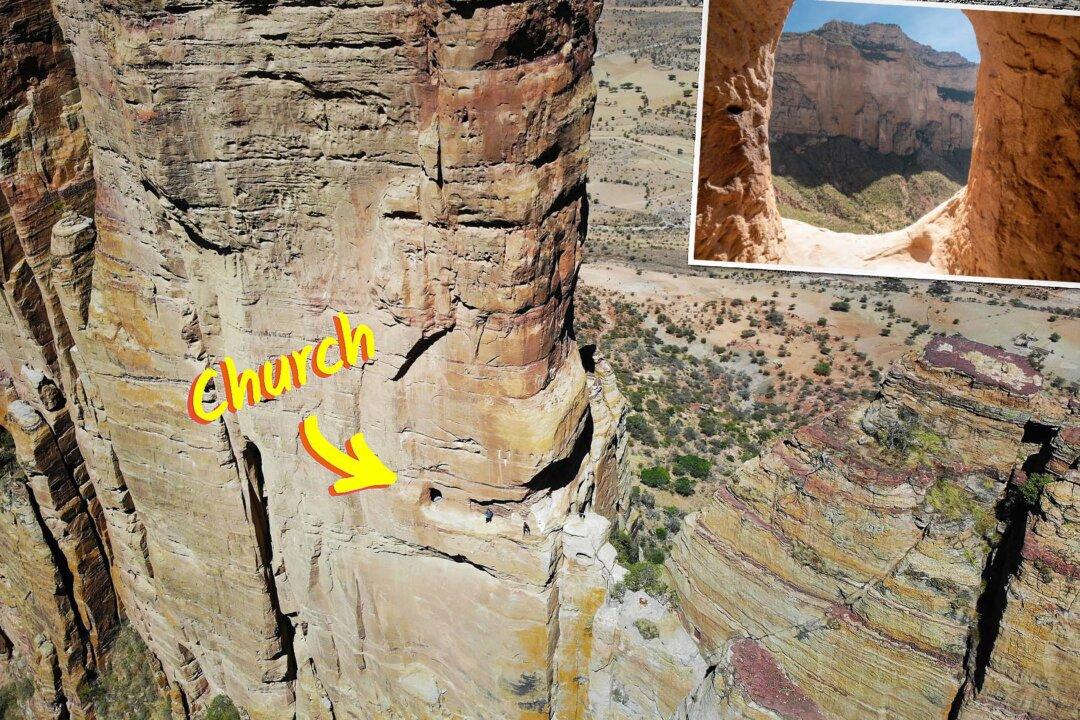Disclaimer: This article was published in 2023. Some information may no longer be current.
A test of faith challenges the souls of all who make the perilous pilgrimage to Abuna Yemata Guh, the monolithic cave church in northern Ethiopia that towers 400 feet above the valley floor.






